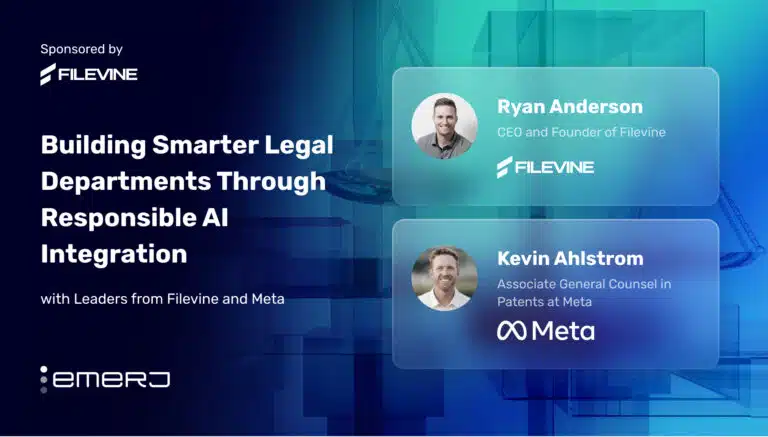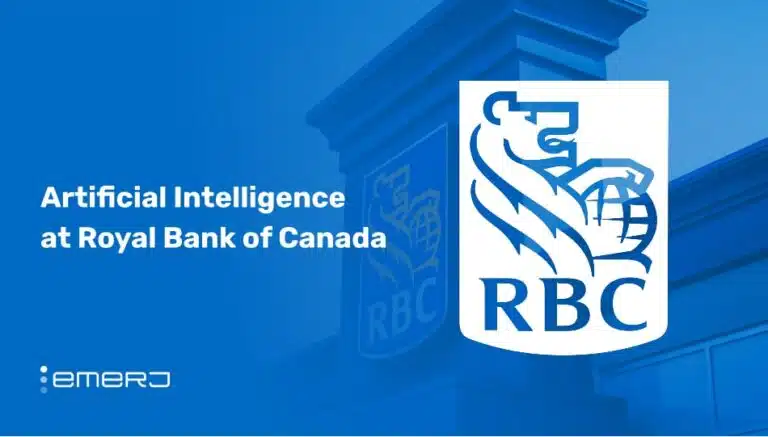Zurich Insurance Group is a multi-line insurer serving over 55 million customers in more than 210 countries and territories. The company offers various property, casualty, and life insurance products and services. Founded in 1872, Zurich Insurance Group is headquartered in Zurich, Switzerland. In 2023, the Zurich Insurance Group reported business operating profits of 7.4 billion USD, an increase of 21% from 2022.
The insurance group has invested significantly in AI to enhance its services and operations. Per its website, the company has more than 160 use cases of AI across the group in different divisions. Zurich also launched the AI Assurance Framework (AIAF) in 2022 to govern the deployment of AI.
This article examines two use cases showing how AI initiatives currently support Zurich’s business goals:
- Managing account receivables: Utilizing AI for auto-matching invoices in complex business scenarios, capturing check remittance data with multiple OCR engines, and predicting invoices as potential missing remittances.
- Automating claims with high accuracy: Leveraging natural language technology, specifically the Enterprise Language Model for Insurance, to extract essential data from claims documents, generate summaries, and detect/redact sensitive information, ultimately reducing claim review time.
Managing Accounts Receivable
The insurance company used an SAP-based system to manage its receivables. Payments were processed individually and needed to be matched with the correct account details. The analyst also had to update all the open Account Receivables (A/R) accounts on SAP while keeping the bank informed.
According to the case documentation from their future partner, HighRadius, the Zurich Insurance team was struggling with its cash application process for two main reasons:
- A manual end-to-end process.
- A decentralized processing system.
Even for e-payments, analysts were forced to spend a lot of time extracting the remittances from emails, EDIs, and web portals, further linking them with e-payments, and manually matching them. Once the invoice matches, the cash analysts would post-fill in the ERP system. High Radius reports that this is where analysts had to spend 15 % of their time, making it labor-intensive and tedious.
Furthermore, the delayed cash application process resulted in sending the DNOC or dunning letters to the customers even if they had paid for an invoice, hence dissatisfying the customers.
Some of the managers from Zurich also shared that the payments were not being applied even when they were received a month ago.
Adopting lockbox services to resolve this pain of both the customers and the analysts was one of the ways, but paying the bank fees and other costs for transmissions ate up the company’s bottom line and resources.
For this problem, the company found its resolution using a straight-through cash-posting application from HighRadius.
HighRadius is a software development firm that offers AI-supported finance solutions. The Cash Application Software platform from HighRadius automates the cash application process across payments and remittance formats. It is a cloud-based solution that is available as software-as-a-service.
The company claims that its solution used AI to:
- Auto-match invoices in complex business scenarios such as parent-child relationships.
- Capture check remittance data with multiple OCR engines
- Predict invoices as potential missing remittance
Screenshot from HighRadius (Source: HighRadius)
Whenever customers do not send remittance information, the Cash Application Cloud uses AI to recommend invoices to post the cash against the cash application.
Screenshot from HighRadius (Source: HighRadius)
It analyses past payment behavior and the open invoices to make recommendations for the invoices most likely to be linked to the incoming payments.
Screenshot from HighRadius. (Source: HighRadius)
In case of short payment, the cash application cloud identifies it and auto maps customer reason codes to the ERP reason codes to ensure that short payments are correctly tagged with the correct dispute code.
Per the case study published by HighRadius, Zurich benefitted from the cash application solution in the following ways:
- Automated Cash Application: Achieved an 85% hit rate for cash application through HighRadius software.
- Resource Optimization: Freed up six full-time employees (33% of the team) from cash application tasks, allowing reallocation to critical tasks.
- Enhanced Customer Experience: Provided customers, including small to mid-sized businesses, brokerage firms, and multinationals, with a richer experience and flexibility in payment formats.
- Real-time Visibility: Gained real-time visibility into customer account status to avoid incorrect dunning or DNOC.
- Cost Savings: Saved 100% on bank lockbox fees by utilizing AI-powered Optical Character Recognition for check remittance data capture.
For its other clients, HighRadius claims the following results:
- 50% faster remittance aggregation
- 75% improvement in productivity
Automating Claims with High Accuracy
When Zurich Insurance Chief Operating Officer Gero Gunkel visited the ‘AI in Business’ podcast in May 2022, he specifically mentioned that, among the challenges surrounding manual claims processes, among the most challenging was that manual processes lead the company to an untenable tech stack whereby “80%” of data was considered unclean.
Clearly, the company was in need of a resolution to automate the claims review process while maintaining high accuracy. Hence, they adopted Expert AI’s natural language technology. They wanted to understand and process the language within their claims documents.
Expert AI is a software development company offering an AI language understanding platform. Expert AI’s insurance solution uses the Enterprise Language Model for Insurance. The company claims this model can read, understand, and extract essential data from medical and accident submissions, score risk engineering reports, and generate summaries.
Screenshot from Expert AI (Source: Expert.ai)
As mentioned on the Expert AI website, here are some of the critical capabilities of this solution:
- Extract the most common insurance data records entities from unstructured and semi-structured data sources to use in automation and decision systems.
- Build custom extraction templates for semi-structured data forms like CMS 1500, police reports, and ACORD.
- Generate content summaries of claims, medical docs, key terms identification for claims, policy review, and submission checks.
- Detect and redact PII, PHI, or GDPR data fields from documents and files.
The process at Zurich was to leverage an insurance-specific knowledge graph with the built-in knowledge of their insurance concepts and relationships.
Workflow of expert.ai’s claims solution. Screenshot from Expert.ai (Source: Expert.ai)
A complete, 20-minute demo of the solution is available here.
Automating text analytics and entity extraction capabilities, Zurich Group maintained a high level of efficiency throughout the claims process.
Per the claims made in the case study, Zurich benefitted in the following ways:
- Reduced claim review time by 58x
- Saved 8 hours per policy review
- Reduced annual underwriting leakage by $40 million

























